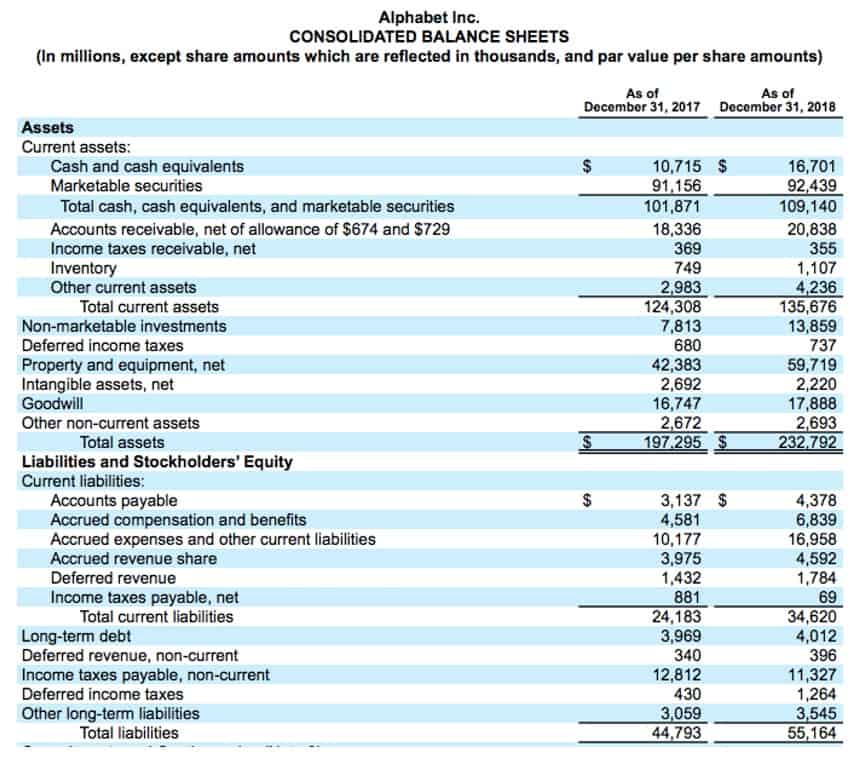

It could be due to inefficient production processes or higher-than-expected wage rates. The weighted average method uniformly applies this average cost to all the units, both completed and partially completed, during the accounting period. It treats all units as though they were started and completed during the same time frame. Specify the user-defined code (UDC) (00/DT) that identifies the purpose of the document.

These are the items you can clearly see in the finished result… things like lumber, glass, steel, wires, or refrigerants. It’s important to note that the exact steps may vary slightly depending on the specific industry or company’s practices. Investing in the right accounting partner is not just trial balance about keeping books balanced—it’s about driving sustainable success in the manufacturing industry. Our priority is to continuously develop solutions that simplify business processes across various industries in the Philippines, while ensuring full BIR-CAS, POS, and EIS compliance for seamless operations. The cost accountant will likely act as an advisor to the production manager in formulating the production budget.
Similarly, machine performance data combined with maintenance cost tracking can gym bookkeeping help businesses decide when to schedule preventative maintenance to minimize downtime without disrupting profitability. Effective use of financial data in production planning allows manufacturers to maximize efficiency, control labor costs, and ensure that working capital isn’t tied up in excess inventory. Manufacturers should analyze cash flow statements to understand their cash conversion cycle, monitor free cash flow generation, plan for seasonal variations, and identify opportunities for improvement. Comparing operating cash flow to net income also provides critical insights into how accounting profits translate to actual cash generation—a key indicator of manufacturing sustainability.
This allows you to analyze data and derive insights into the overall financial position of your business processes. Using software for process costing can revolutionize how businesses manage their manufacturing operations and streamline their cost accounting processes. When selecting an ERP system, manufacturers should prioritize features that address their unique operational needs. Bill of materials (BOM) tracking is essential to ensure that each product’s material and labor requirements are properly costed. Automated cost allocation helps distribute overhead fairly across products, preventing profitability distortions. Accounting professionals work closely with manufacturers to identify qualifying expenses, such as wages for engineers, costs of raw materials used in experiments, and testing expenditures.

It’s important to update these costs frequently as the costs your business manufacturing accounting process incurs evolve over time. Effective inventory management is critical in manufacturing, directly impacting costs, efficiency, and profitability. With the aid of technological advancements and data-driven strategies, manufacturing accounting is essential to optimizing inventory levels. Beyond the basic purchase price, adjustments for freight and taxes are necessary to reflect the total cost of raw materials accurately. If the buyer bears freight charges, they should be added to the Raw Materials Inventory account as part of the inventory cost.